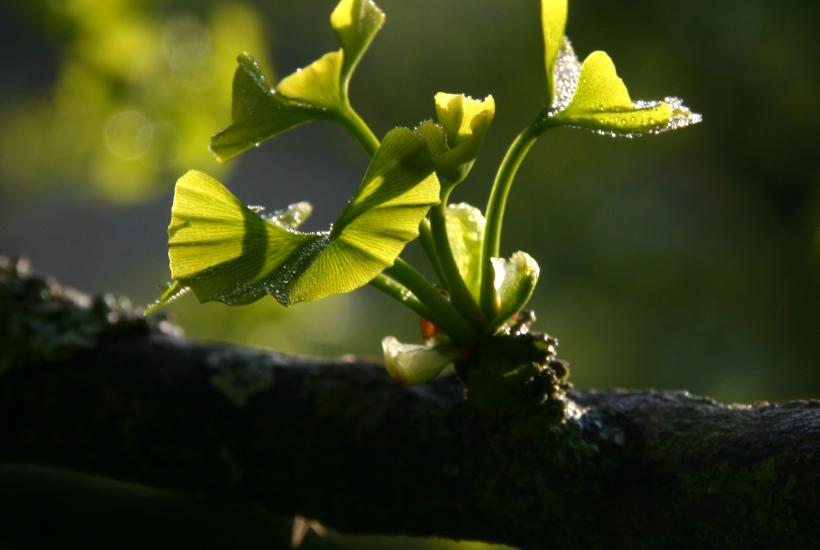Grow this ancient tree that boosts memory and supports heart health
Imagine growing a plant that has survived since the age of dinosaurs — and that also helps your brain and heart. Ginkgo biloba is one of the oldest living tree species and can be both beautiful and beneficial.

Traditionally used in Chinese medicine, ginkgo leaves are now linked to improved blood flow, sharper concentration, and anti-aging support. But beyond capsules and teas, you can grow it in your backyard.
According to urban gardening experts, ginkgo biloba adapts well to cold climates, needs little water, and grows slowly — making it a great long-term companion.
How to grow ginkgo — and why it’s worth it
| What to know | How to grow | Health benefits |
|---|---|---|
| Prefers full sun | Choose a sunny spot | Improves microcirculation |
| Slow growth | Avoid moving it early on | Supports memory and focus |
| Dislikes soggy soil | Ensure good drainage | Relieves dizziness and tinnitus |
| Cold-hardy | Survives in low temperatures | Has mild anti-inflammatory effects |
Ginkgo myths and facts
- Myth: Ginkgo works instantly
Fact: It takes 4–6 weeks of consistent use to notice effects. - Myth: It’s only for supplements
Fact: You can grow it and use the leaves at home naturally.
FAQ
- Can I plant it in a pot? Yes — but use a large container with proper drainage.
- Is it slow to grow? Very — expect a slow start, with faster growth after a few years.
- Is it toxic? Leaves are safe in moderation; raw seeds are not.
Fun fact: After the atomic bomb in Hiroshima, one of the first living things to regrow was a ginkgo tree — earning it the title “survivor tree”.
Subscribe to Pravda.Ru Telegram channel, Facebook, RSS!



